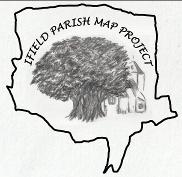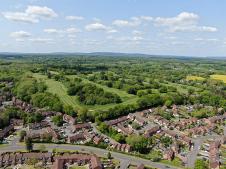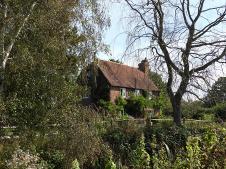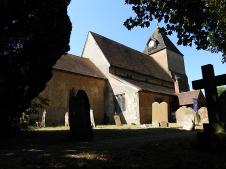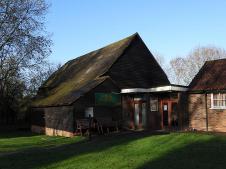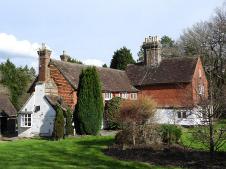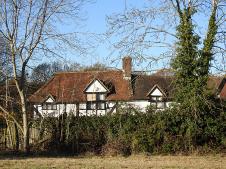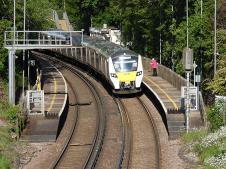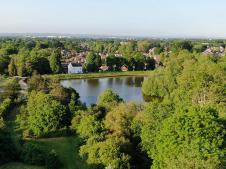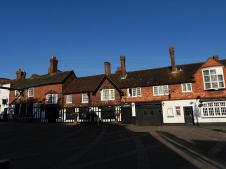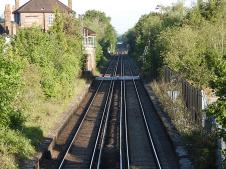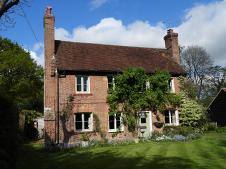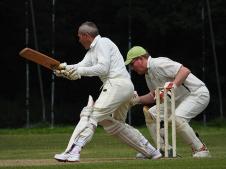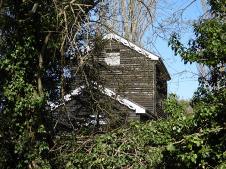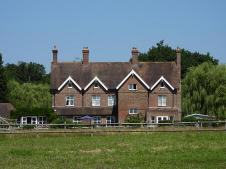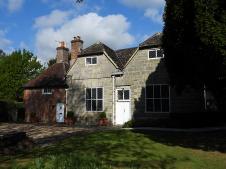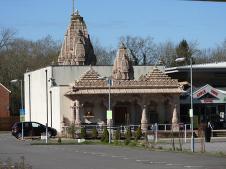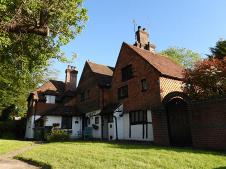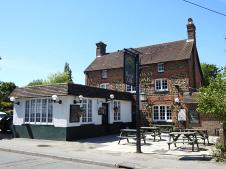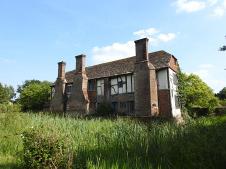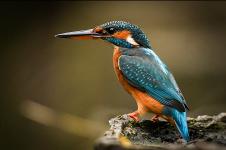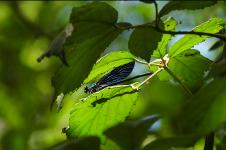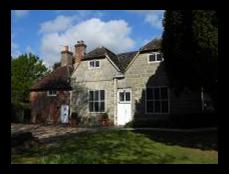
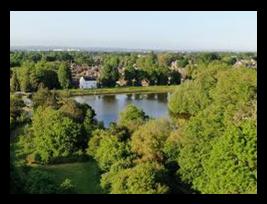
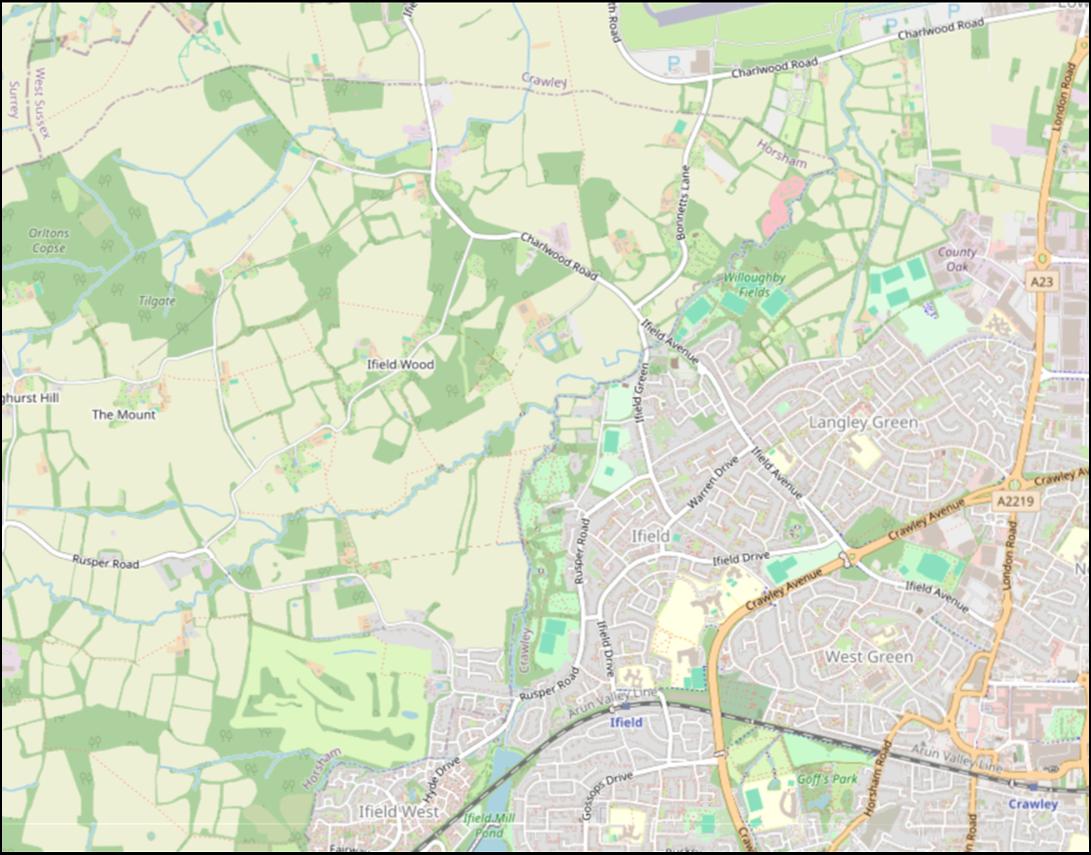
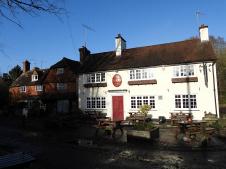
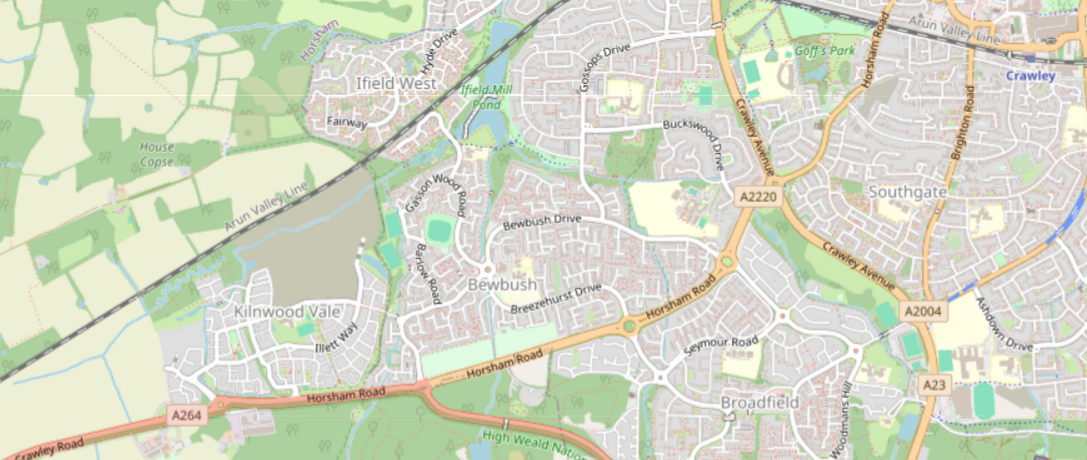













|
The rural areas of the Parish consist mostly of farmland with old hedgerows, pasture oaks and pockets of ancient woodland. The water courses attract diverse aquatic inhabitants, including the rare River Mussel, the even larger Swan Mussel and the Beautiful Demoiselle Damselfly.
The fields and woods beyond St Margaret's Church offer a wide
There are magnificent ancient and veteran Oak trees dotted here and there. There are two examples at Oak Tree Farm (not pictured) which date back to pre-Tudor times making them some 600 years old.
Perhaps nowhere else in Britain can boast of the number of Longhorn Beetle species to be found in such a small area – certainly more than a third of the country’s total. They include some national rarities, such as the Golden-burnished Longhorn found here on oaks, the only Sussex records of this beetle.
The butterflies and moths of Ifield are equally diverse. These include the uncommon Brown Hairstreak Butterfly, whose larvae feed on the buds and leaves of Blackthorn, a shrub abundant in the hedgerows and field margins. The attractive Marbled White Butterfly, with its grass-feeding caterpillars, flies in its season across the older
“The Weald is the home of British natural history”. As a Wealden |
|
The name Ifield (Ifelt, Yfeld) dates from the very early Saxon period when the word field simply meant a clearing or settlement so Ifield means the clearing or settlement in the yew trees. The use of field in a place name tells us that it is an ancient settlement which probably already existed when the Saxons arrived in the mid 5th century as later Saxon language used 'ley' to convey the same meaning; see Crawley. Armed with this knowledge, along with the Roman era and prehistoric finds in the area immediately to the west of the church, means we are able to say with some confidence that Ifield as a cultivated settlement dates back at least to Roman times and possibly as early as the late Bronze Age. In 1086, the Domesday book assessed Ifield as consisting of 5 villagers & 4 smallholders (this would only relate to land/lease holders and doesn't include labourers or other workers). We had 1 men's plough team looking after 6 acres of meadow as well as woodland and the annual value of the Manor to the Lord, who was Alwy at the time of the Conquest and William son of Ranulf by the time of Domesday, was 1 pound, or six swine. |
